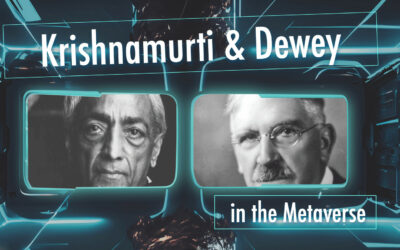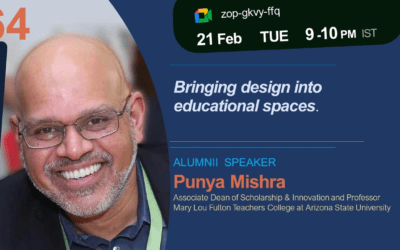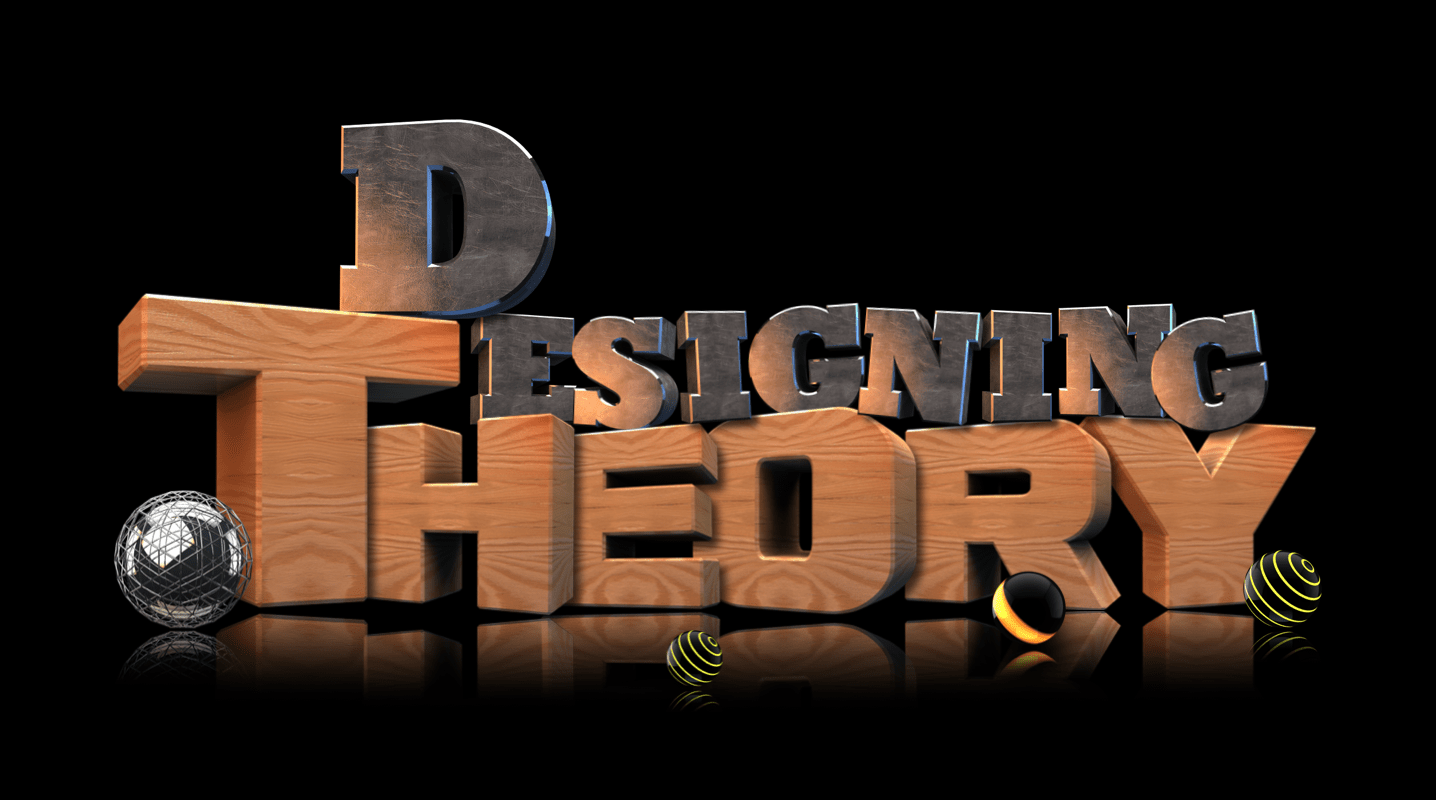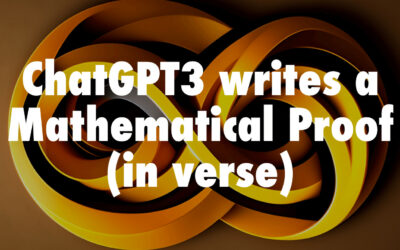I recently blogged (here and here) about the experiment conducted by students in Italy that allowed them to use publicly available NASA audio recordings from the moon landings to determine the distance between the earth and the moon. I bit more online research led to me to the original paper published on arXiv. arXiv is described as an “e-print service in the fields of physics, mathematics, non-linear science, computer science, quantitative biology and statistics” and is hosted and supported by Cornell University. Reading the paper led me to a writing this posting, since i see this as one of the best examples of the TPACK framework in use that I have come across.
I provide the abstract and a link to the original paper (in pdf format) below and follow that with my thoughts.
Lirlanda, L. (2009). Echoes from the moon. arXIv:0903.3367v1 [physics.ed-ph] 19 Mar 2009.
Abstract: We report on a determination of the Earth-Moon distance performed by students of an Italian high school, based on measurements of the time delay of the “echo” in the radio communications between Nasa mission control in Houston and the Apollo astronauts on the lunar surface. By using an open-source audio-editing software, the distance can be determined with three digits accuracy, allowing to detect the effect due to the eccentricity of the orbit of the Moon.
I strongly recommend reading the complete paper. In my previous posting I had wondered what the role of the teacher (or any other informed adult) was in making this happen. My suspicion was that they were and reading the paper shows me that I was right. This project was done in a classroom with teachers guiding the process, something not emphasized in other places where I had read about this experiment.
Another thing that reading the paper brought home to me was just the complexity of knowledge required by a teacher to pull off something this complex. So what does a teacher need to know? First and foremost, the teacher needs to have a deep knowledge of the content to be covered, physics in this particular case. They need a good knowledge of physics principles and the requisite mathematics.
Also essential is a good knowledge of technology and what can be done with it. Now this is not just knowledge of specialized “physics” software (though they did use a planetary simulation for parts of the research) but of other more generic software as well. For instance, the students used Audacity, an open-source sound editing software, for conducting the analysis of the audio. How many teacher educators would think that knowing Audacity was a requirement for teaching physics? To me this indicates that teachers need to have a special kind of technology knowledge (as opposed to being merely of a specialized kind!). What they need is a flexible kind of knowledge: a kind of knowledge that appreciates ambiguity (and is not frustrated by it) and that is open to seeking and taking advantage of new opportunities and affordances that technology can provide.
The third kind of knowledge that teachers need for such activities is knowledge of pedagogy— i.e. knowledge of how to teach. This has not received much attention but reading the actual paper clearly shows that the instructors brought to bear a great deal of sophisticated knowledge of teaching to the classroom context. This form of knowledge can be inferred from the descriptions provided in the paper, from how the groups were set up to finding the right balance between structure and freedom (for instance once the problem had been introduced the students were given the freedom to devise appropriate methods of measurement of the time-delay).
The most important form of the knowledge though that teachers need goes beyond each of these pieces of knowledge taken in isolation. We can consider the dyads, i.e. knowledge of technology and content, content and pedagogy and pedagogy and technology. An understanding of technology and content, content and pedagogy and technology and pedagogy are important to consider. For reasons of space, however, I will not go into these dyadic overlaps.
There is one more critical overlap that I will should mention and that is the overlap between all three of these knowledge-bases.
What made this project work is that it brought together Content, Technology and Pedagogy in a creative, integrated manner. This form of knowledge is what we call Technological Pedagogical Content Knowledge (TPACK aka, the Total PACKage). This is not just knowledge of physics, or software or teaching but rather the ability to bring the demands (often contradictory) of these disparate domains together in developing a powerful educational experience. This is the art of teaching. This is good design.
The author of the paper describes it best in the discussion section of the paper. As you read this, note the manner in which she brings together physics, the teaching of physics, and the role of technology in one integrated whole. As she says:
The experiment that we have reported represents an example of “open” research-oriented activity, in which no “correct answer” can be anticipated a priori. This aspect should be emphasized whenever possible in the teaching of physics, since it gives students the flavor of what physicists do in their experimental or theoretical work. Another aspect of our experiment – common to most of present-day experimental research in physics – is the analysis of raw data (in our case the audio registrations) by means of sophisticated software, which gives the opportunity to extend the discussion on the “error sources.”
Finally, what is amazing is that the results of an experiment conducted in a school in Italy, based on the analysis of raw data downloaded from a website in the US, conducted with a free open-source software built collaboratively by volunteers from across the world, can be accessed by anybody, within a week of its publication, from an e-print service that offers knowledge freely to one and all! What a wonderful world we live in.






Indeed what a wonderfully connected and openly genrous world